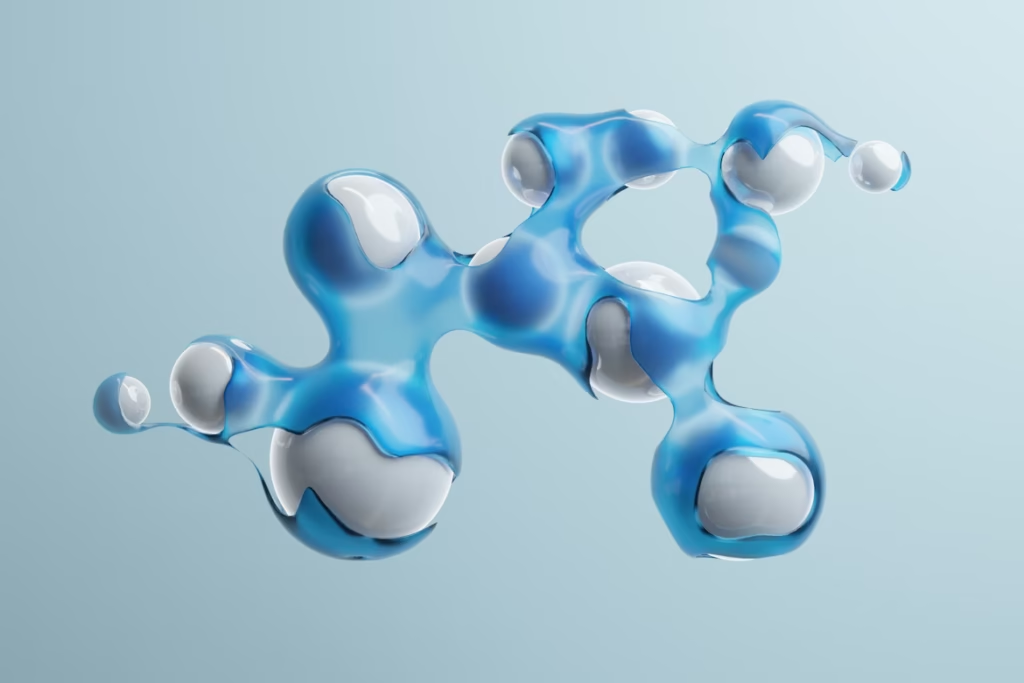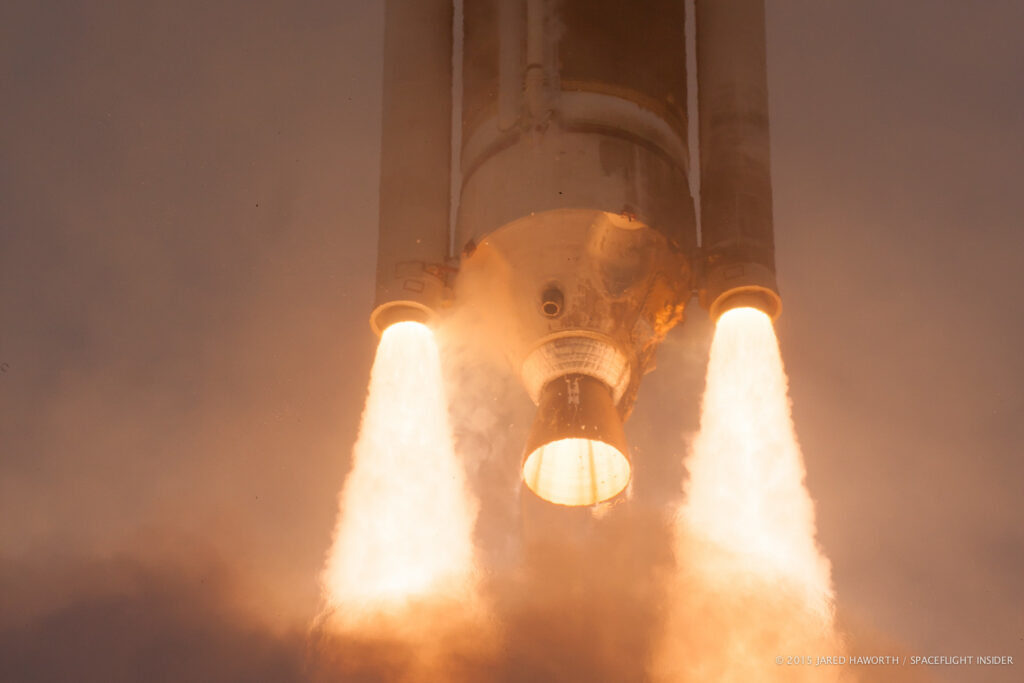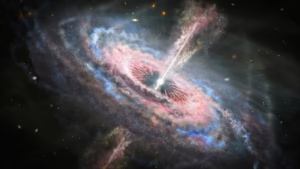Introduction: Can Pure Oxygen Exist in Solid Form?
Oxygen makes up about 21% of the air we breathe, and it’s essential for life. But can pure oxygen exist in a solid form? The answer is yes—under very specific conditions, solid oxygen forms as a pale blue crystal. Scientists have observed and studied this rare state in cryogenic laboratories. However, the science of freezing oxygen reveals far more than just temperature—it touches on chemistry, physics, and even industrial hazards.

What Is Oxygen, and Why Does It Matter?
Oxygen is a chemical element with the symbol O and atomic number 8. In nature, it mostly exists as a diatomic molecule (O₂), where two oxygen atoms bond together. It supports life through cellular respiration, enables combustion, and contributes to critical environmental processes.
In its gaseous state, oxygen is invisible. As a liquid, it’s pale blue. As a solid, it becomes a stunning light-blue crystalline substance—but reaching that point requires extreme environmental control.
For more on its electron configuration and atomic makeup, see Number of Electrons in Oxygen

At What Temperature Does Oxygen Freeze?
To freeze oxygen into a solid state, you must expose it to temperatures below −218.79 °C (−361.82 °F). This temperature is significantly lower than the boiling point of oxygen, which is approximately 183°C (297°F). At these ultra-low temperatures, oxygen transitions from liquid to solid and forms structured molecular lattices.
Key conditions for solidification:
- Temperature: Below −218.79 °C (55 K)
- Pressure: Can form under normal pressure, but higher pressures result in new phases
- Color: Pale blue (due to O₂ molecule absorption spectrum)
Phases of Solid Oxygen: From Alpha to Epsilon
Solid oxygen is fascinating because it doesn’t freeze like water. It exhibits several crystalline phases based on pressure:
| Phase | Pressure Range | Key Features |
| α-phase | Low pressure | Orthorhombic structure, magnetic |
| β-phase | ~6 GPa | Slightly denser, non-magnetic |
| γ-phase | ~9 GPa | Tighter molecular packing |
| ε-phase | ~10–96 GPa | Formation of O₈ clusters; highly magnetic |
| ζ-phase | >96 GPa | Suspected metallic oxygen |
These phases are studied for their magnetic and quantum properties, especially in the ε-phase, where oxygen molecules form clusters rather than remaining diatomic.
What Does Solid Oxygen Look Like?
Solid oxygen appears as a pale blue crystalline solid. It is often described as resembling frozen liquid nitrogen but with a slightly bluish hue. The color arises due to its absorption of red light and transmission of blue wavelengths.
It’s often stored and observed in vacuum chambers or cryostats, as it quickly reverts to gas at standard temperatures.

Is Solid Oxygen Dangerous?
Yes—solid oxygen is extremely reactive and presents multiple hazards:
- Fire Risk: In the presence of solid oxygen, even materials like cloth or oil can combust rapidly.
- Explosive Atmosphere: High oxygen concentration enhances the flammability of other substances.
- Oxygen Toxicity: Breathing elevated concentrations of oxygen over time can damage lung and brain tissue.
- Rapid Oxidation: Accelerates rust, brittleness, and decomposition of reactive materials.
- Static & Friction Hazards: Even minor sparks can trigger violent combustion in oxygen-rich areas.
Because of this, solid oxygen is typically handled only in lab settings under strict protocols.
Real-World Applications: Why Freeze Oxygen at All?
Solid oxygen isn’t just a scientific curiosity. It’s used in:
- Rocket Propulsion: As a supercooled oxidizer
- Cryogenic Storage: For compact oxygen storage in space missions
- Material Research: To understand high-pressure and quantum phase transitions
- Medical Technology: Rare in practice, but studied for controlled oxygen therapy
Its magnetic behavior in some solid states even opens doors to quantum computing and spintronics research.
Final Thoughts: The Rare Beauty and Danger of Solid Oxygen
Solid oxygen is a remarkable state of matter, revealing the hidden complexity of one of Earth’s most essential elements. Though it exists naturally only under extreme lab-controlled conditions, it continues to intrigue scientists with its magnetic properties, crystal phases, and potent reactivity.
Whether in the vacuum of space or in the heart of a cryolab, frozen oxygen is a window into the future of energy, exploration, and elemental science.
Share this content:













Post Comment
You must be logged in to post a comment.